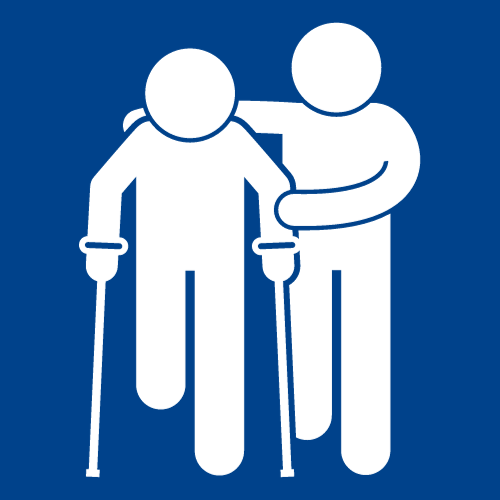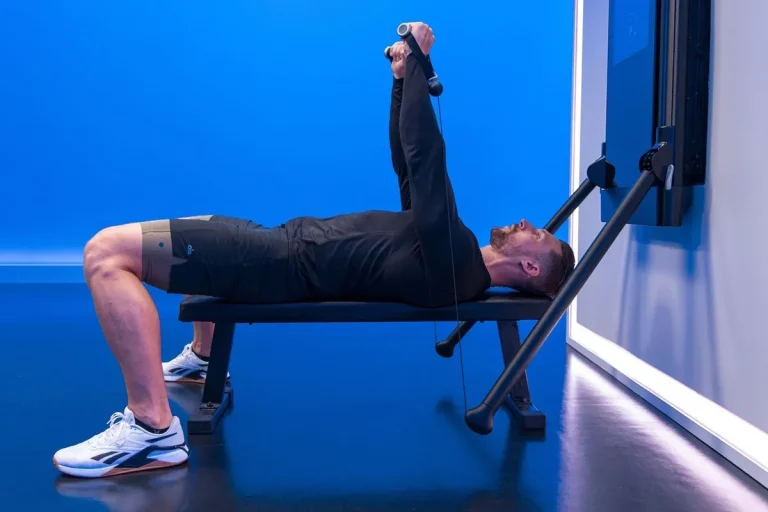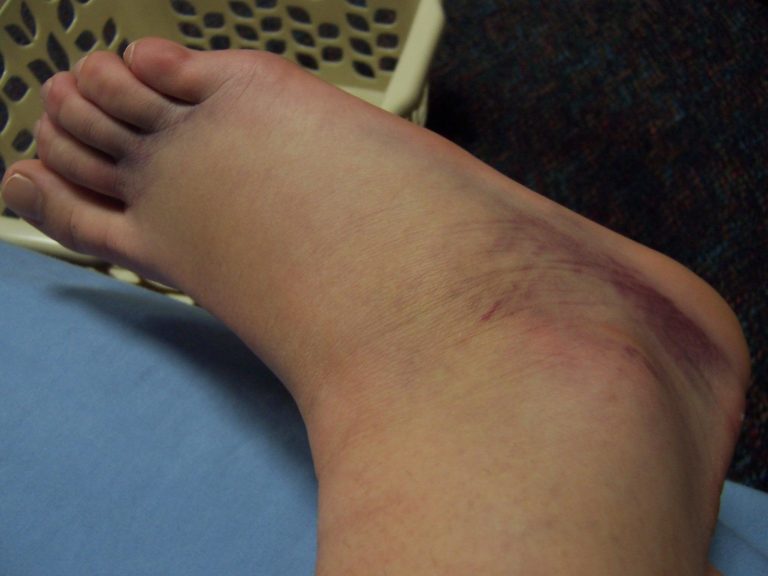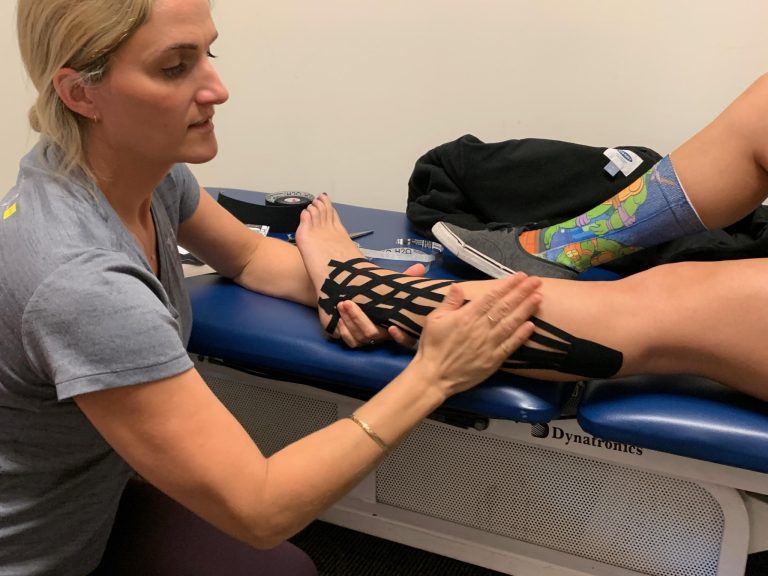WHO and the US Department of Health and Human Services issue physical activity guidelines. Here are the guidelines by the WHO for physical activity in 2024:
- Physical activity includes all movement that uses skeletal muscles and requires energy expenditure, including leisure activities, transportation, work, sports, etc.
- WHO recommends infants under 1 year get physical activity several times a day, avoid excessive restraint, and no screen time.
- Children 1-2 years should get 180+ minutes of activity daily of any intensity, avoid restraint >1 hour, and limit screen time to 1 hour or less.
- Children 3-4 years should get 180+ minutes of activity daily, with 60+ minutes being moderate-to-vigorous activity. Limit screen time to 1 hour.
- Children and adolescents 5-17 years should do 60+ minutes of moderate-to-vigorous physical activity daily and muscle/bone strengthening activities at least 3 days a week.
- Adults aged 18–64 should do at least 150–300 minutes of moderate-intensity aerobic activity or 75–150 minutes of vigorous-intensity aerobic activity weekly, plus muscle-building activities for at least 2 days.
- Older adults 65+ have the same guidelines as adults 18-64 but should also do balance/functional training at least 3 days a week.
- Pregnant and postpartum women should do at least 150 minutes of moderate-intensity aerobic activity weekly with a variety of activities.
- Adults with chronic conditions have the same guidelines as adults 18-64.
- People with disabilities follow the same recommendations with adapted activities; wheelchair/upper body physical activity also provides benefits.
The US Department of Health and Human Services created physical activity guidelines for children, adolescents, adults, older adults, adults with chronic conditions, adults with permanent disabilities, and women who are pregnant or postpartum.
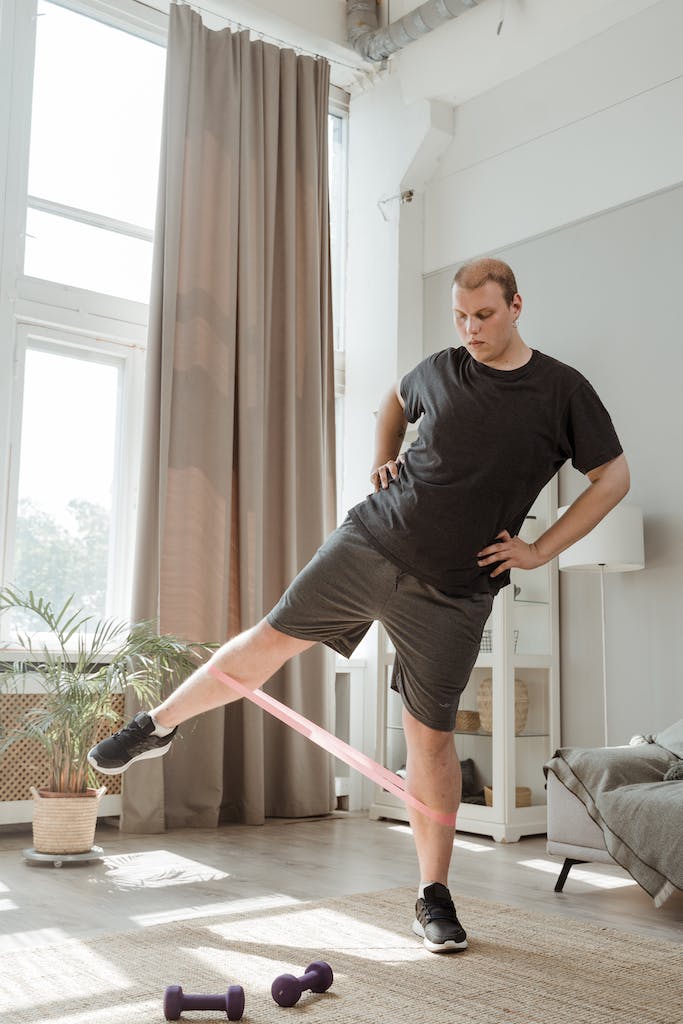
Here are the guidelines by US Department of Health and Human Services:
General Recommendations
Aerobic Activity
The guideline primarily encourages aerobic activity, but also recognizes the benefits of muscle strengthening exercise, bone strengthening exercise, and balance activity for older adults at risk of falling.
Aerobic activity should be performed for at least 10 minutes per session and spread throughout the week to obtain a total of 150 minutes at a moderate intensity level or 75 minutes at a vigorous intensity level. Examples of a moderate intensity level are walking at 3 mph or bicycling slower than 10 mph. Examples of vigorous intensity levels are jogging at least 6 mph or bicycling faster than 10 mph.
The intensity level can be gauged using a relative intensity scale, where 0 is the level of effort of sitting and 10 is maximal effort. Relatively moderate-intensity activity is a level of effort of 5 or 6 on this scale, and relatively vigorous-intensity activity is a 7 or 8 on this scale.
Muscle Strengthening Activity
Muscle-strengthening activities for all the major muscle groups should be done at least two days a week. Strengthening exercises should be performed to the point at which it would be difficult to do another repetition without help by the end of the designated set. When resistance training is used to enhance muscle strength, one set of 8 to 12 repetitions of each exercise is effective, although two or three sets may be more effective.
The development of muscle strength and endurance is progressive over time. Increases in the amount of weight or the number of days a week of exercising will result in stronger muscles.
Children/Adolescents
Perform 60 minutes of mostly vigorous activity daily.
Muscle and bone strengthening exercises should be performed at least three times per week. Examples of muscle and bone strengthening activities are jumping rope, climbing jungle gyms, hopscotch, basketball, and tennis.
They should be encouraged to participate in a variety of physical activities that are age-appropriate and that they enjoy.
Older Adults, Adults with Disabilities, and Adults with Chronic Conditions
- Should engage in regular physical activity according to their abilities.
- Should avoid inactivity.
- Should do exercises that improve balance if they are at risk of falling.
- When activity is performed according to their abilities, physical activity is safe.
- Should consult their healthcare provider about the amounts and types of physical activity that are appropriate for their abilities.
Women During and After Pregnancy
If not already highly active or doing vigorous-intensity activity should get at least 150 minutes of moderate-intensity physical activity a week during pregnancy and the postpartum period.
Those who habitually engage in vigorous-intensity aerobic activity or who are highly active can continue physical activity during pregnancy and the postpartum period, provided that they remain healthy and discuss with their healthcare provider how and when activity should be adjusted over time.
